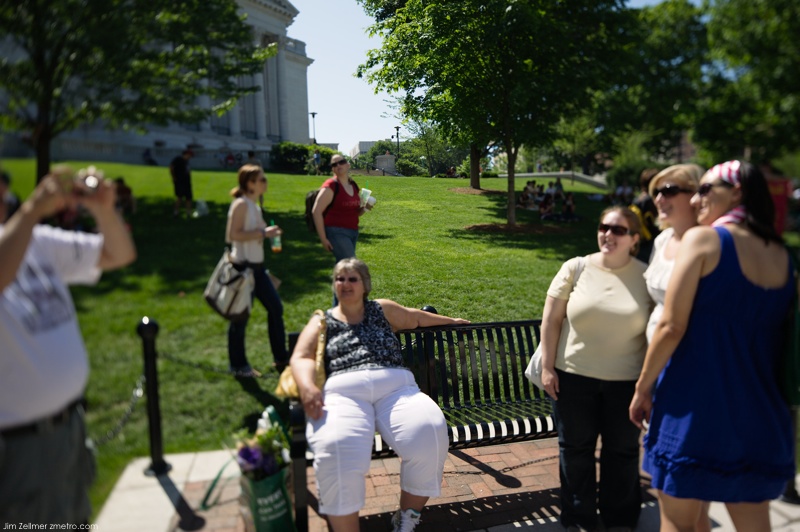
Category: Culture
Madison Farmers Market Crowd on a Beautiful Saturday

The Tragic Race to be First to the South Pole
In 1910, two men set out to be the first to reach the South Pole in a race that would be both heroic and tragic. The men had different reasons for their journeys, took different routes and made different decisions that would ultimately seal their respective fates, and those of their teams.
The American Museum of Natural History delves into this storied event to bring visitors as close as possible to this historic event and the people involved in their new exhibit, “Race to the End of the Earth,” starting May 29. Artifacts, photographs, replicas and models give life to the two rivals and their treacherous 1,800-mile marches to the center of Antarctica.
Robert Falcon Scott set off from Wales on July 15, 1910 on what was originally intended to be a primarily scientific expedition, but which quickly morphed into a quest to make history on behalf of the British Empire.
Meanwhile, Norwegian explorer Roald Amundsen, whose plan to reach the North Pole first had been thwarted by both Frederik Cook and Robert Peary, had secretly turned his sights on the South Pole. He left Oslo in June 3, 1910 with the intent of beating Scott to his goal.
“Stinky Cheese” New York City
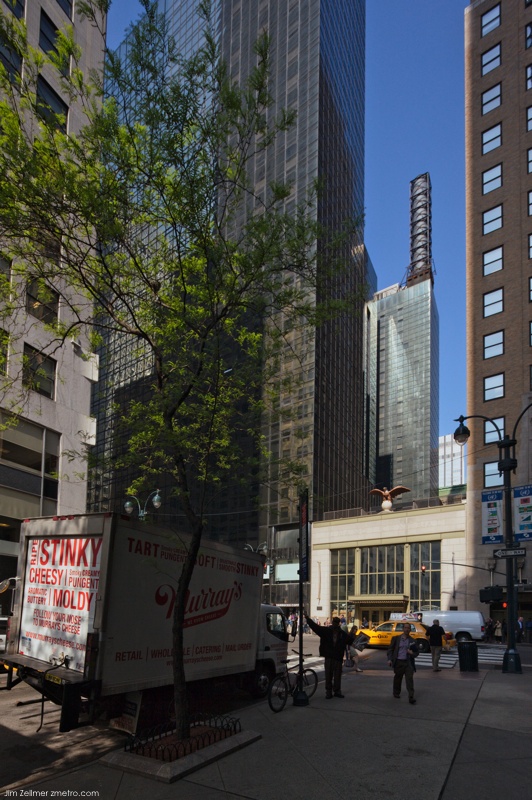
The fate of a generation of workers: Foxconn undercover fully translated
Richard Lai: I know of two groups of young people.
One group consists of university students like myself, who live in ivory towers and kept company by libraries and lake views. The other group works alongside steel machineries and large containers, all inside a factory of high-precision manufacturing environment. These guys always address their seniors as “laoban” (boss), and call their own colleagues — regardless of familiarity — the rude “diaomao” (pubic hair) in loud.
After going undercover in Foxconn for 28 days, I came back out. I’ve been trying to tie the two pictures together. But it’s very difficult. Even with people living in these two places sharing the same age, the same youth dream.
My undercover was part of Southern Weekend’s investigation on the then six Foxconn suicides. We soon found out that most of Southern Weekend’s reporters were rejected due to age — Foxconn only recruits people around the age of 20. In comparison, being just under 23 years old, I was quickly brought into Foxconn.
The 28-day undercover work made a strong impact on me. It wasn’t about finding out what they died for, but rather to learn how they lived.
Murder City: Ciudad Juarez and the Global Economy’s New Killing Fields
It’s hard to wrap your brain around the numbers, to make sense of what they portend. Mexico, home to the world’s richest man, has had more than 10,000 people killed — often horrifically — since January 2007, just a month after President Felipe Calderon declared a literal war on drugs in his country.
Calderon has flooded the country with nearly 50,000 soldiers and federal police to combat the various regional cartels — Juarez, Sinaloa, Gulf and Zetas — mostly in the northern and northwest parts of Mexico. The United States, through the Merida Initiative, has committed $1.4 billion to fund the effort. The results have been less than stellar.
According to the Los Angeles Times (the only major U.S. newspaper that has been extensively covering this political and social calamity), not only has the military racked up more than 3,400 alleged violations with Mexico’s human rights commission, but in Juarez, the bloodiest of this war’s battlefields — if you can call a city of about 1.2 million people a battlefield — the army’s presence coincided with an increase in slayings. Since 2008, more than 4,000 people have been killed there, though Juarez was being patrolled by about 10,000 troops and federal police. In 2007, there were about 2,300 drug-related killings — in the entire country.
I visited Juarez 26 years ago…. during a trip into Mexico. The people were wonderful to a stranger.
Tai Chi New York
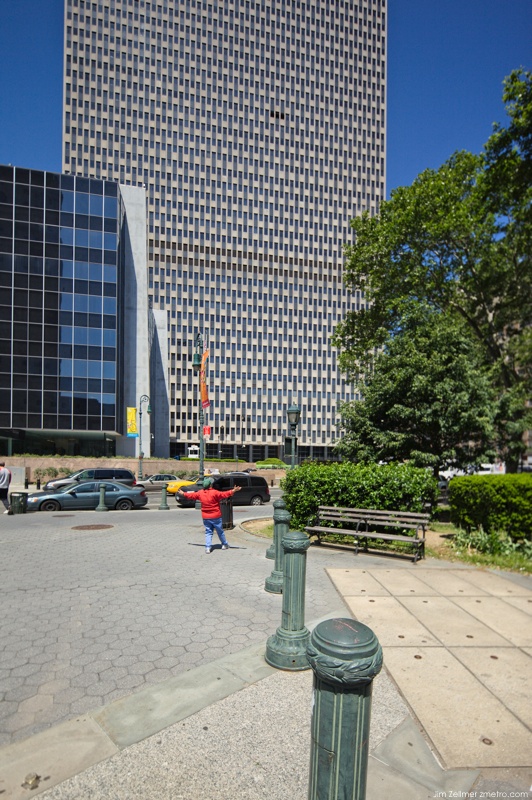
Ullrich Hall: University of Wisconsin-Platteville

Clusty Search: Ullrich Hall. National Register of Historic Places.
A Manhattan Evening Walk

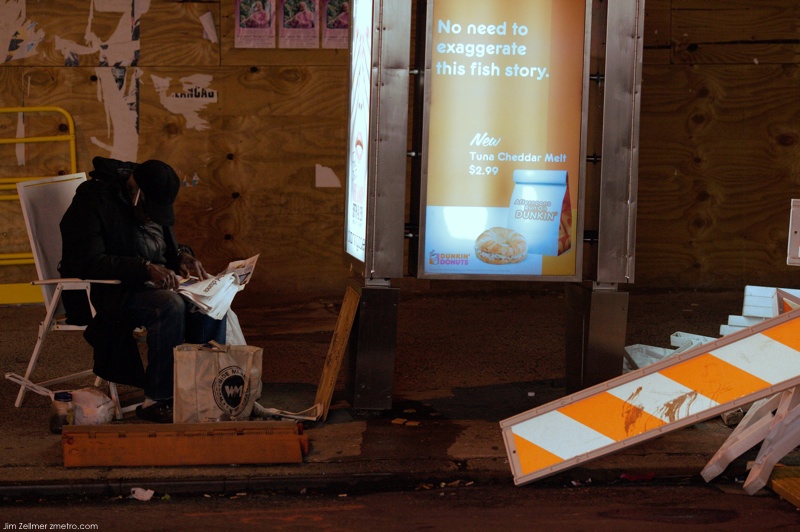

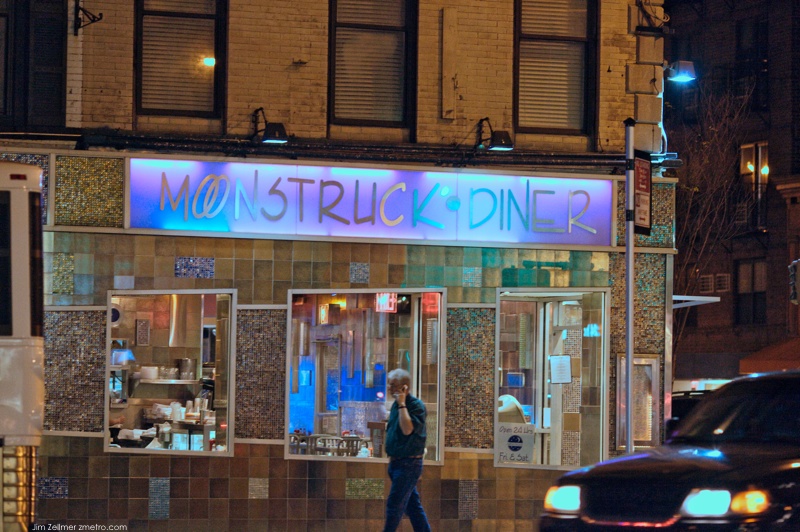
The decline of the Great Writ: The sad history of habeas corpus
Habeas Corpus: From England to Empire. By Paul Halliday. Harvard University Press; 502 pages; $39.95 and £29.95. Buy from Amazon.com, Amazon.co.uk
WHEN discussing habeas corpus or the “Great Writ of Liberty”, as the most revered legal device of the Anglophone world is often known, jurists and civil libertarians tend to become misty-eyed. In 1777 Charles James Fox, a radical British politician, described habeas corpus during a parliamentary debate on its suspension as “the great palladium of the liberties of the subject” and deplored the “insolence and temerity” of those “who could thus dare to snatch it from the people”.
Nearly 230 years later, in an impassioned attack from the Senate floor on the Bush administration’s bill to suspend habeas corpus for anyone determined to be an “unlawful enemy combatant”, Barack Obama declared: “I do not want to hear that this is a new kind of world in which we face a new kind of enemy.” Another senator, Arlen Specter, roared: “The right of habeas corpus was established in the Magna Carta in 1215…what the bill seeks to do is set back basic rights by some 900 years.” In Britain, Lord Hoffmann, a law lord reviewing government “control orders” to detain terrorist suspects in 2007, thundered: “Such is the revulsion against detention without charge or trial, such is this country’s attachment to habeas corpus, that the right to liberty ordinarily trumps even the interests of national security.”